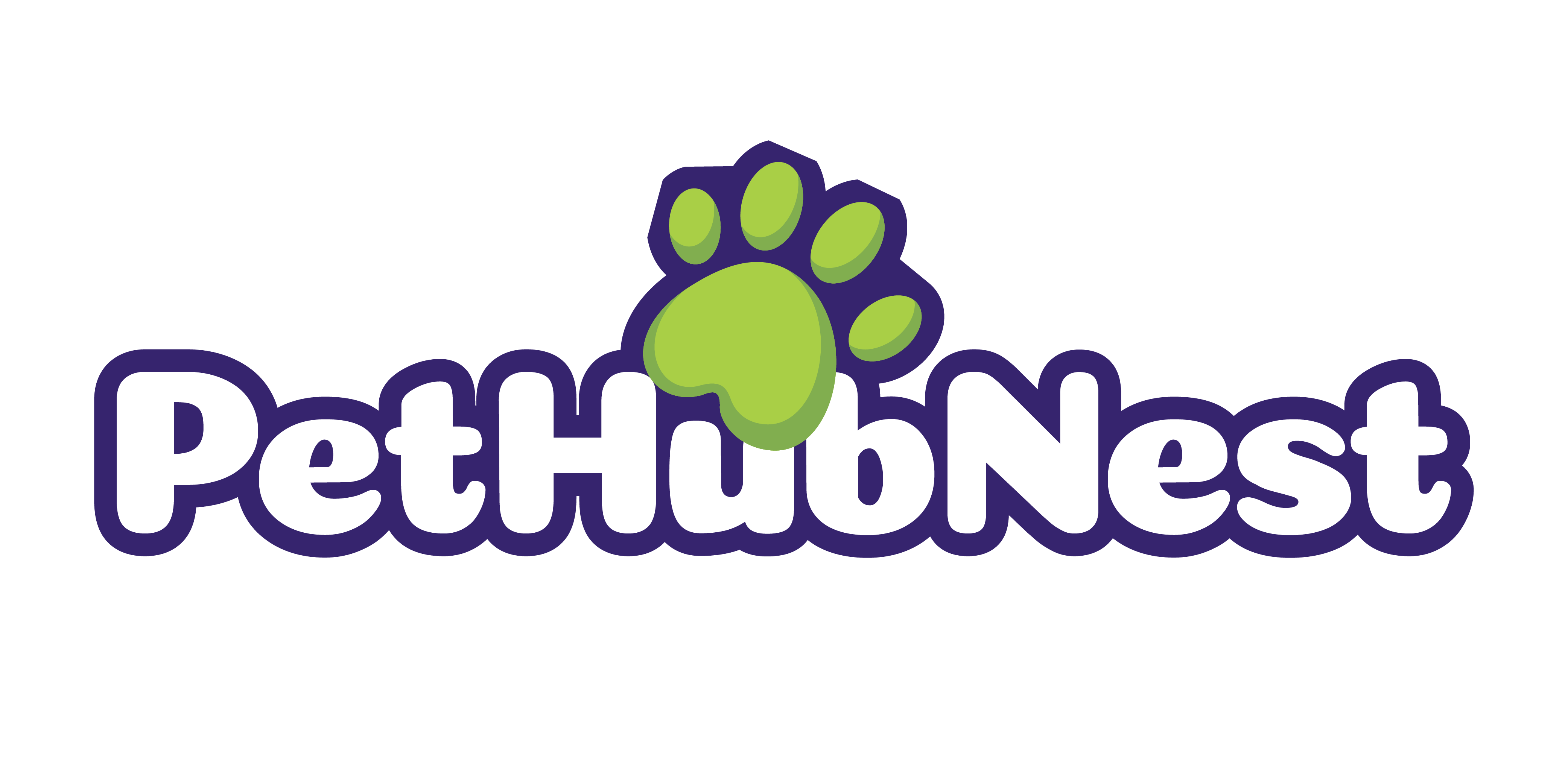Introduction: More Than Treats and Walks
Pet care in 2023 has transformed into more than just feeding schedules and daily walks. It’s an industry experiencing rapid innovation, where wellness, personalization, and smart technology converge to elevate the lives of pets and their owners alike.
The Tech-Driven Shift
Technology is no longer just for humans. From smart collars to AI-powered feeders, the pet care space is leveraging emerging tech to enhance animal well-being. This shift is reshaping what it means to be a responsible and responsive pet owner.
- Smart gadgets are enabling 24/7 monitoring of pets
- Apps track everything from behavior to bowel movements
- AI is tailoring recommendations for care and nutrition
Why 2023 Is a Pivotal Year
Several developments have made this year a turning point for pet care:
- Widespread adoption of tele-vet services and health trackers
- Increased availability of personalized nutrition and wellness plans
- Mainstream awareness of pets’ mental and emotional needs
These changes are driving both innovation and accessibility—what was once exclusive or niche is now reaching households at scale.
A Holistic Approach is Taking Hold
Pet owners are thinking beyond the basics, embracing full-spectrum wellness that includes:
- Physical health: regular checkups, fitness routines, and dietary adjustments
- Mental stimulation: enrichment toys, companionship, and sensory activities
- Emotional balance: reducing stress through routine, bonding, or tech aids
The takeaway? Modern pet care isn’t just reactive—it’s preventative, personalized, and holistic.
As we explore what’s trending in pet care throughout 2023, it’s clear: this is more than a fad. It’s a new era in how we care for our companion animals.
Smart Tech for Smarter Pets
Pet tech is no longer just about fancy toys. In 2023, it’s about function, insight, and peace of mind. AI-powered feeders now learn your pet’s habits and adjust schedules so mealtime isn’t just regular—it’s optimized. GPS collars do more than track location; they can analyze movement patterns, detect unusual behavior, and send alerts if something looks off.
Health trackers—wearables for pets—are turning heads thanks to their ability to monitor heart rate, temperature, sleep, activity, and even stress. These small devices act like fitness trackers for animals, flagging anything that falls outside the norm. A sudden dip in activity? Time to investigate. Unusual sleep patterns? Could be the early sign of illness.
The result is simple but game-changing: early detection. Data from these tools gives pet owners an edge, catching issues before they become emergencies. It’s not about replacing vets; it’s about bridging the gap between checkups and keeping our companions healthy around the clock.
Smart care isn’t a gimmick anymore. It’s the new baseline.
Personalized Pet Health Plans
Not all pets are the same—and their health care shouldn’t be either. In 2023, personalized wellness plans have emerged as a significant trend in pet care, driven by technology, nutrition science, and a deeper understanding of animal behavior.
Smarter Nutrition: One Pet, One Plan
Pet food is no longer one-size-fits-all. Brands are increasingly offering customized nutrition options tailored to specific traits like breed, age, weight, and activity level.
- Breed-specific dietary formulas help manage predisposed health concerns
- Senior pets benefit from joint-supporting supplements and easier-to-digest meals
- Highly active pets get higher-protein plans to support their energy needs
Tailored feeding regimens not only enhance daily vitality but also fend off issues before they develop.
DNA Testing for Proactive Care
DNA kits for pets have gone mainstream—and they’re more than curiosity tools. These home test kits uncover valuable information that can help pet owners shape more effective health plans.
- Identify genetic predispositions for conditions like hip dysplasia or heart disease
- Tailor preventative care based on breed-specific risks
- Learn behavioral traits, tendencies, and even breed lineage with newfound accuracy
Understanding the genetic makeup of your pet can lead to earlier interventions and smarter decisions.
Behavior-Based Wellness
Behavior is often the first indicator of a change in health. Innovative care models now include behavior tracking as a core component of preventive care.
- Apps and wearable tech help log and monitor behavioral patterns
- Vets and trainers use behavior data to recommend adjustments in environment, diet, or routine
- Data-backed changes can lead to longer lifespan and improved quality of life
The Bottom Line: By analyzing physical, genetic, and behavioral data, pet owners—and their vets—can now create individualized health plans designed for longevity and everyday well-being.
Sustainability in Pet Products
The demand for eco-conscious pet products isn’t a niche anymore—it’s mainstream. Owners are swapping out synthetic chew toys and plastic litter liners for biodegradable waste bags and organic, plant-based treats. Toys made from upcycled fabric, recycled rubber, and sustainably harvested wood aren’t just for boutique brands anymore; now they’re at big box retailers too.
At the core of this trend is transparency. Pet owners want to know what’s in their dog’s snack and where the catnip in their tabby’s toy was grown. Brands that disclose sourcing, highlight low-impact manufacturing, and ditch the greenwashing are earning long-term trust.
Conscious ownership shows up in quiet, daily choices: rinsing and reusing stainless steel food bowls, saying no to overpackaged pet supplies, or choosing local over imported when stocking up on pet gear. It’s not about perfection—it’s about being intentional. Sustainability has shifted from a marketing add-on to a basic expectation.
Mental Health for Pets (and Owners)
It’s not just humans feeling the pressure—pets are picking up on our stress, routines, and tech-filled lifestyles. Since the pandemic, separation anxiety has spiked in dogs and cats alike. Many got used to having their humans around 24/7, and returning to the old normal hasn’t been easy for them.
The response? Wearables and calming tech are beginning to fill that gap. Think wraparound vests that soothe with compression, collars that release calming pheromones, and white noise generators tailored to a pet’s hearing range. We’re also seeing more app-connected devices that monitor behavior and mood patterns, giving owners a window into their pet’s emotional state.
On the enrichment side, science backs what trainers have known for years: busy paws and active minds equal calmer pets. Interactive toys, treat puzzles, scent games—they reduce boredom-driven stress and help pets feel in control of their environment. Cats especially benefit from vertical space and sensory variety, while high-energy dogs need rotation in both toys and daily activity.
Bottom line: pet mental health is no longer a fringe topic. Whether it’s post-pandemic adjustment or everyday stress, pet parents and caregivers are turning to tech and science-backed stimulation to keep tails wagging and whiskers calm.
Vet Care Goes Virtual
Virtual vet care isn’t a novelty anymore—it’s becoming a mainstay. Across the U.S., more pet owners are turning to tele-vet services as they become smarter, more accessible, and more accepted by the broader veterinary community. For routine concerns—like rashes, mild digestive issues, or follow-up questions—tele-visits can save time, money, and a trip across town.
Still, not every issue can be solved on-screen. Emergencies, diagnostics that need lab work, or physical exams still require in-person visits. But for the basics? The video call is often enough. Especially for those living in rural areas or without easy access to full-service clinics, tele-vet platforms are closing the gap. They’re also appealing to budget-conscious pet parents, offering subscription models or flat-rate consults that avoid the steep costs often tied to brick-and-mortar appointments.
These services aren’t here to replace traditional care—they’re here to make it more reachable. Think of them as a modern layer added on top of the vet-pet-human relationship: practical, scalable, and getting better by the month.
Community and Platforms
Pet ownership isn’t just personal anymore—it’s social. In 2023, more pet owners aren’t just posting cute photos; they’re joining platforms built specifically for pets and the people who care for them. These online communities blend wellness tracking, training tips, and medical advice with social feeds, giving pet parents the same kind of tailored digital experiences humans already enjoy. Platforms like Petwork and PawsConnect are creating safe spaces where users compare behavioral milestones, manage vet records, or swap remedies for chronic itches.
Meanwhile, subscription wellness kits have moved beyond treats in the mail. Think automatic monthly deliveries packed with supplements, grooming gear, and vet-approved diets based on your animal’s breed, health profile, and age. They’re efficient, tailored, and most importantly: they remove the guesswork. For busy pet owners, that’s gold.
Want more takeaways? Check the full Monthly Recap: The Biggest Updates in Pet Health for a deeper look at what’s moving the needle across the industry.
Looking Ahead: What’s Next
The future of pet care is looking sharper—and more data-driven—than ever. One early trend gaining traction is AI-assisted diagnostics. Think of software that can flag irregularities in pet behavior, eating habits, or movement by scanning data from devices or videos. It’s not replacing vets, but it’s becoming a first line of insight for pet owners at home.
Biometric wearables are also finding legs (and paws). These trackers go beyond GPS and step counts—they’re beginning to monitor vital signs, sleep patterns, stress levels, and more. It’s the same quantified self movement humans went through, now adapted for our pets. Brands are starting to test pilot models, and early adopters are already onboard.
Smart home systems are syncing up too. Feeding systems, litter boxes, treat dispensers, even ambient lighting for mood control—it’s all being tied to voice assistants and mobile apps. The tech isn’t gimmicky anymore. It’s part of a broader shift toward seamless, responsive environments that make care continuous, not just scheduled.
Bottom line: pet care is no longer just reactive. It’s proactive, personalized, and tech-powered. For pet owners, staying informed isn’t optional anymore. It’s the only way to keep up—and keep your animal thriving.


 Norvella Neythanna is the co-founder and author at pethubnest She blends her passion for pets with her interest in technology, covering innovative products and ideas that transform pet care.
Norvella Neythanna is the co-founder and author at pethubnest She blends her passion for pets with her interest in technology, covering innovative products and ideas that transform pet care.


